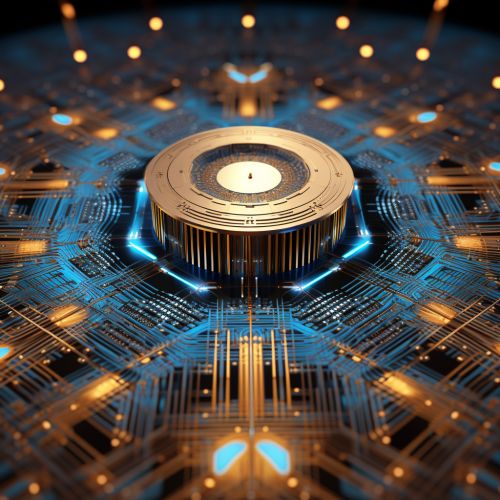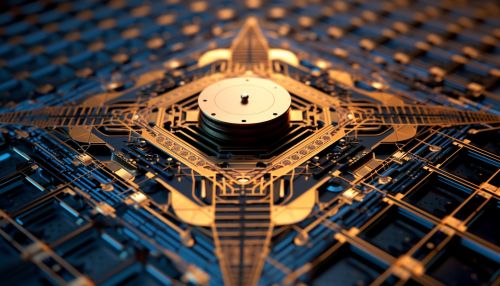Topological Quantum Error Correction
Introduction
Topological quantum error correction (TQEC) is a burgeoning field in the realm of quantum computing, which aims to protect quantum information from errors due to decoherence and other quantum noise. Quantum error correction is essential for the practical realization of quantum computers, as it helps maintain the integrity of qubits during quantum computation.


Quantum Errors and Their Correction
Quantum errors can be broadly classified into two categories: bit-flip errors and phase-flip errors. Bit-flip errors are analogous to classical bit errors, where the state of a qubit flips from |0⟩ to |1⟩ or vice versa. Phase-flip errors, on the other hand, are unique to quantum systems, where the relative phase between |0⟩ and |1⟩ states of a qubit is flipped.
Quantum error correction codes are a set of techniques to correct these errors. The simplest example of a quantum error correction code is the three-qubit bit-flip code. However, these codes are not sufficient for a practical quantum computer, which needs to correct for any arbitrary errors in any possible qubit. This is where topological quantum error correction comes into play.
Topological Quantum Error Correction
Topological Quantum Error Correction (TQEC) is a method of quantum error correction which uses the topology of the quantum system to protect quantum information. The basic idea is to store the quantum information in a non-local way, such that local errors cannot destroy the information.
The most well-known example of a TQEC is the toric code, introduced by Alexei Kitaev. The toric code is a two-dimensional lattice of qubits, where the quantum information is stored in the global properties of the lattice, specifically, in the loops and twists of the lattice. This makes the information robust against local errors.
Advantages of TQEC
The primary advantage of TQEC is its robustness against errors. Since the information is stored non-locally, local errors have a minimal effect on the information. This makes TQEC a promising approach for the realization of fault-tolerant quantum computing.
Another advantage of TQEC is its ability to correct multiple errors. Traditional quantum error correction codes can only correct a limited number of errors. In contrast, TQEC can correct a larger number of errors, making it more practical for real-world quantum computing applications.
Challenges and Future Directions
Despite its advantages, TQEC also faces several challenges. The most significant challenge is the physical realization of topological quantum systems. Currently, there are few physical systems that exhibit the necessary topological properties. Moreover, manipulating these systems for quantum computation is a non-trivial task.
Another challenge is the complexity of the error correction process. The process of identifying and correcting errors in a topological system is complex and requires significant computational resources.
Despite these challenges, the field of TQEC is rapidly advancing, with new theoretical developments and experimental techniques being proposed regularly. The future of TQEC looks promising, with potential applications in quantum computing, quantum communication, and quantum cryptography.
